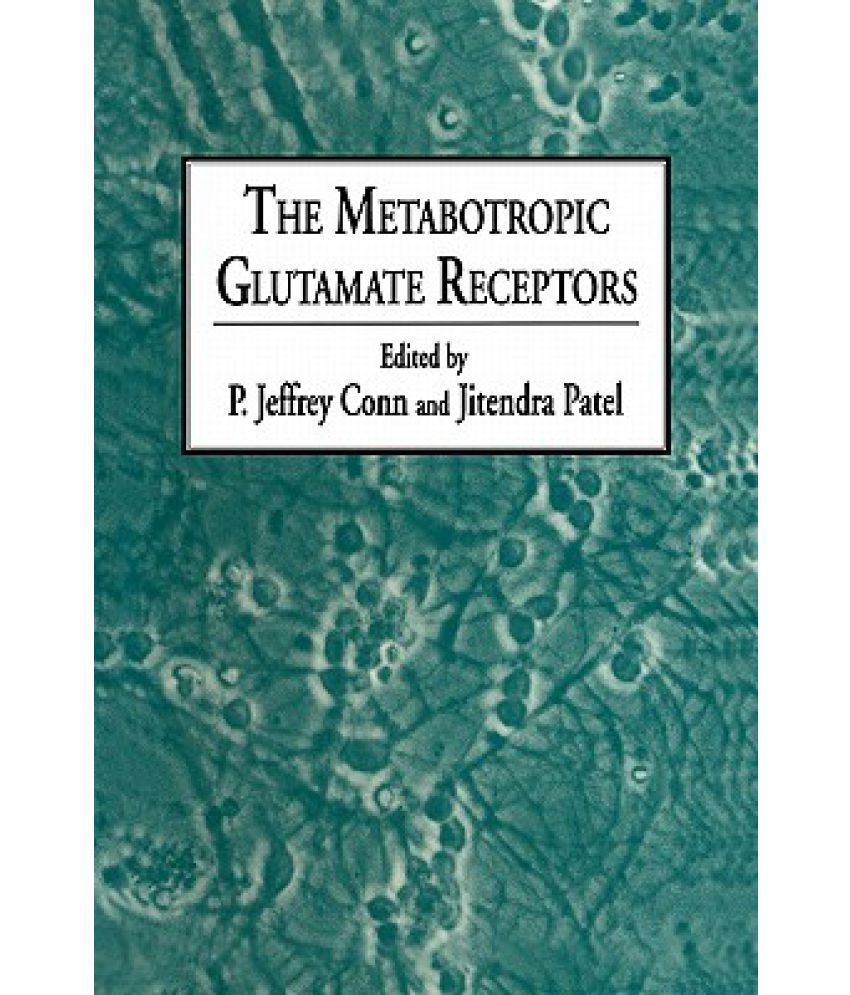Something went wrong. Please refresh the page and try again.
Something went wrong. Please refresh the page and try again.
Notifications can be turned off anytime from settings.
Item(s) Added To cart
Qty.
Something went wrong. Please refresh the page and try again.
Something went wrong. Please refresh the page and try again.
Exchange offer not applicable. New product price is lower than exchange product price
Please check the updated No Cost EMI details on the payment page
Exchange offer is not applicable with this product
Exchange Offer cannot be clubbed with Bajaj Finserv for this product
Product price & seller has been updated as per Bajaj Finserv EMI option
Please apply exchange offer again
Your item has been added to Shortlist.
View AllYour Item has been added to Shopping List
View AllSorry! The Metabotropic Glutamate Receptors is sold out.


You will be notified when this product will be in stock
Learn More about the Book
It is the goal of The Metabotropic Glutamate Receptors to provide acomprehensive and forward-thinking review ofthe tremen dous advances that have occurred in less than a decade of metabotropic glutamate receptors (mGluR) research. Virtually every areaof mGluR research is covered, including the molecular biology, pharmacology, anatomical distribution, and physiological and pathological roles of mGluRs. It is our intention that this volume not only summarize what is now known about the mGluRs, but also illuminate the areas in which there is the greatest need for focused research. Glutamic acid is an amino acid that has long been known to play several important metabolic roles in central and peripheral tissues and to be a component of several naturally occurring molecules. The first evidence that glutamate mayaIso serve as a neurotransmitter in the central nervous system (CNS) came in the late 1950s and early 1960s when glutamate and other acidic amino acids were found to induce behavioral convulsions when topically applied to the cortex and to excite a wide variety of central neurons. These findings spurred a massive research effort that quickly established glutamate as the pri mary excitatory neurotransmitter in the vertebrate CNS. One of the most striking characteristics of glutamate that was quickly recognized was its ubiquitous role in serving as the neurotransmitter at the vast majority of excitatory synapses in the brain. It is now clear that most central neuronal circuits involve glutamatergic neurotransmission at some level.
Review Quotes
1. ...gives a state-of-the-art in the field (and) points out the needs of future research.-Trends in Pharmacological Sciences Review
This book is an excellent review of the molecular biology, pharmacology, anatomical distribution, and physiological and pathological roles of metabotrophic glutamate receptors. It provides a substantial support for the knowledge of metabotrophic glutamate receptor role in brain function and pathology. The editors have done an excellent job in choosing the contributing authors; each one is a major figure in the specific area he or she is presenting...recommended...-Neurological Research
...not only gives a state-of-the-art in the field but also points out the needs of future research thereby becomes of interest to scientists working both with metabotropic glutamate receptors and with receptors in general.-FEBS Letters
The images represent actual product though color of the image and product may slightly differ.
Register now to get updates on promotions and
coupons. Or Download App